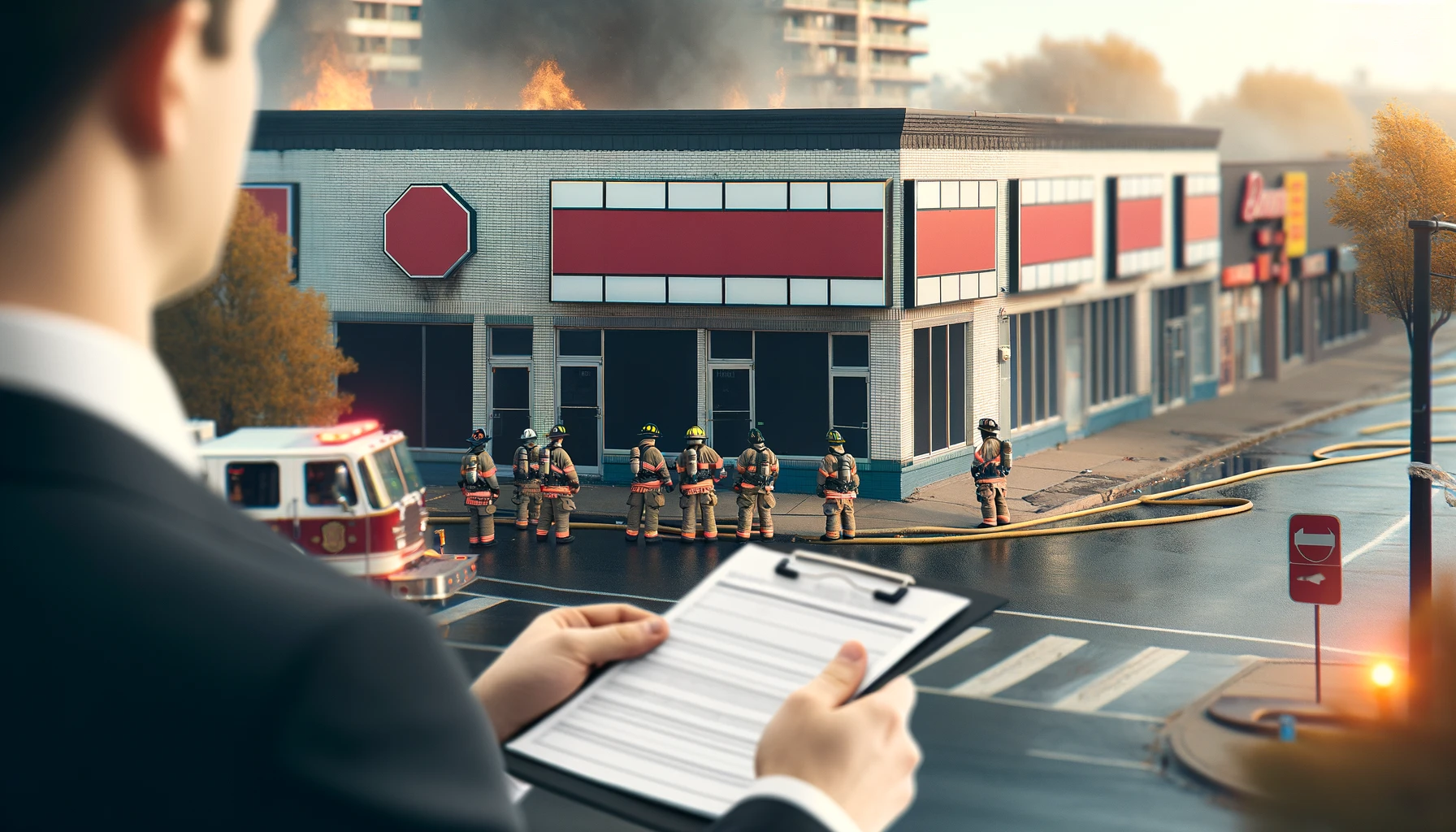Commercial property insurance is an important part of any business that owns, leases, or operates a physical location. Whether you operate a retail store, a manufacturing facility, or even an office space, this type of coverage can help protect your business from potential financial losses due to property damage. In 2024, businesses will face new risks and the role of commercial property insurance will be more important than ever.
What is commercial property insurance?
Commercial property insurance protects a business’s physical assets, including buildings, equipment, inventory, and other property that can be affected by events such as fire, theft, vandalism, or natural disasters. This policy helps businesses cover the cost of repairing or replacing damaged property, allowing them to recover more quickly from unexpected events. As businesses continue to face challenges in 2024, coverage will continue to evolve to meet these needs.
Why is commercial property insurance important?
Businesses face numerous risks every day. Without commercial property insurance, a disaster could destroy your business. From fires to storms, the unexpected can happen at any time, and without insurance, businesses will suffer financial losses. This type of insurance ensures that when something goes wrong, the business can continue to operate without suffering serious losses. The increasing frequency of natural disasters and other unpredictable events in 2024 makes this insurance more important than ever.
What Does Commercial Property Insurance Cover?
Commercial property insurance typically covers a wide range of potential losses. This includes damage to buildings, office furniture, equipment, inventory, outdoor signs, and even the property of others in your care. In addition to these physical assets, some policies can also cover loss of income due to the temporary closure of the business due to damage. By 2024, many insurance companies will expand their policies to cover more specific risks, such as cyberattacks that can result in damage or loss of physical property.
Types of Commercial Property Insurance
There are many types of commercial property insurance to suit different business needs. Some policies are designed to cover specific types of risks, such as natural disasters, while others offer more comprehensive coverage. One of the most common types is an all-risk policy, which covers all risks except those specifically excluded in the policy, such as earthquakes or floods. A named risks policy, on the other hand, only covers the risks specifically listed in the policy. In 2024, businesses should carefully research their options and choose the policy that best suits their needs.
What Does Commercial Property Insurance Not Cover?
While commercial property insurance offers a wide range of coverages, there are some things it does not cover. For example, damage caused by certain natural disasters, such as floods or earthquakes, may require a separate policy. Likewise, normal wear and tear, mechanical failure, and intentional damage are typically not covered. By 2024, businesses will need to understand the exclusions in their policies, as the risk of uncovered events can leave them vulnerable to significant financial losses.
How Much Does Commercial Property Insurance Cost?
The cost of commercial property insurance depends on several factors, including the location of the business, the value of the property, and the types of risks the business faces. For example, businesses located in areas prone to natural disasters may pay higher premiums due to an increased risk of damage. Insurance premiums are expected to continue to rise in 2024 as weather events become more frequent and the cost of building materials increases. However, businesses can take steps to lower their premiums by taking safety precautions and choosing higher deductibles.
How to Choose the Right Commercial Property Insurance
Choosing the right commercial property insurance can be overwhelming, especially given the number of options available in 2024. To make this process easier, businesses should first assess their unique risks and needs. Understanding the value of their property, the potential risks in the area, and the insurance coverage they need can help them make a more informed decision. Additionally, comparing quotes from different insurance companies and consulting with an insurance agent can help businesses find the best payout based on the terms of the policy. In 2024, the claims process is becoming more streamlined with digital tools and apps that allow businesses to file claims more quickly and efficiently. However, it’s still important for business owners to familiarize themselves with the specifics of their policies to avoid delays in receiving compensation.
The Role of Risk Management in Commercial Property
Insurance Effective risk management plays a crucial role in commercial property insurance. By identifying and mitigating potential risks, businesses can reduce the likelihood of filing a claim, which can, in turn, lower insurance premiums. Risk management strategies may include installing security systems, conducting regular maintenance, and having a disaster recovery plan in place. In 2024, the concept of risk management is evolving with the use of new technologies like smart sensors and predictive analytics, helping businesses stay ahead of potential threats.
Conclusion
The Future of Commercial Property Insurance in 2024 As businesses navigate an increasingly unpredictable world, commercial property insurance remains a critical part of their risk management strategy. In 2024, the insurance landscape is adapting to new risks such as climate change, cyber threats, and supply chain disruptions. Businesses need to be proactive in assessing their coverage needs and staying informed about the latest trends in commercial property insurance. By doing so, they can ensure that they are adequately protected and prepared for whatever challenges may come their way.



